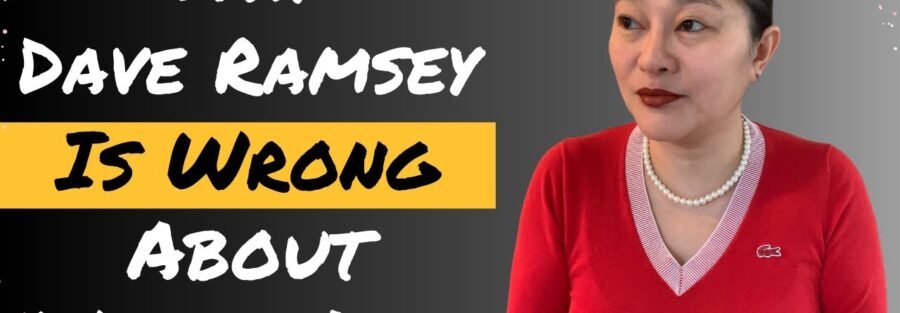In this video “Whole Life Insurance Policy Myths Unmasked, we dive into whole life insurance basics, whole life insurance benefits …
When it comes to financial planning, one of the most important decisions you can make is choosing the right insurance policy for yourself and your loved ones. Whole life insurance is a popular option that provides coverage for your entire life, but it is often surrounded by myths and misinformation. In this article, we will debunk some of the common myths about whole life insurance policies and give you the facts you need to make an informed decision.
Myth #1: Whole life insurance is too expensive.
One of the biggest misconceptions about whole life insurance is that it is too costly for the average person to afford. While it is true that whole life insurance premiums are generally higher than term life insurance, the benefits of a whole life policy can outweigh the cost. Whole life insurance provides lifelong coverage and a cash value component that can grow over time. In addition, with proper planning, you can structure your policy in a way that fits your budget and financial goals.
Myth #2: Whole life insurance is only for the wealthy.
Another common myth about whole life insurance is that it is only meant for the wealthy. While it is true that whole life insurance can be used as an estate planning tool for high-net-worth individuals, it is also a valuable option for middle-income families. Whole life insurance can provide financial security for your loved ones in the event of your death, and the cash value component can be used for a variety of purposes, such as paying off debts, funding college education, or supplementing retirement income.
Myth #3: Whole life insurance policies are inflexible.
Some people believe that whole life insurance policies are rigid and inflexible, with limited options for customization. In reality, whole life insurance policies can be tailored to meet your individual needs and financial goals. You can choose the death benefit amount, premium payment schedule, and cash value investment options that best suit your circumstances. In addition, many insurance companies offer riders or add-on features that allow you to enhance your coverage with options such as long-term care benefits or additional death benefits.
Myth #4: Whole life insurance is a poor investment choice.
Another common myth about whole life insurance is that it is a poor investment choice compared to other options such as stocks or real estate. While it is true that the cash value component of a whole life policy may not generate the same returns as a well-diversified investment portfolio, it offers a level of security and stability that can be valuable in uncertain times. The cash value of a whole life policy grows tax-deferred, and you can access the funds through policy loans or withdrawals without paying taxes. In addition, some whole life policies offer guaranteed returns or dividends that can enhance the growth of your cash value.
In conclusion, whole life insurance is a valuable financial tool that provides lifelong coverage and a variety of benefits. By debunking the myths surrounding whole life insurance policies, you can make an informed decision about whether this type of coverage is right for you. If you are interested in learning more about whole life insurance, speak to a knowledgeable insurance agent who can help you explore your options and find a policy that meets your needs.











